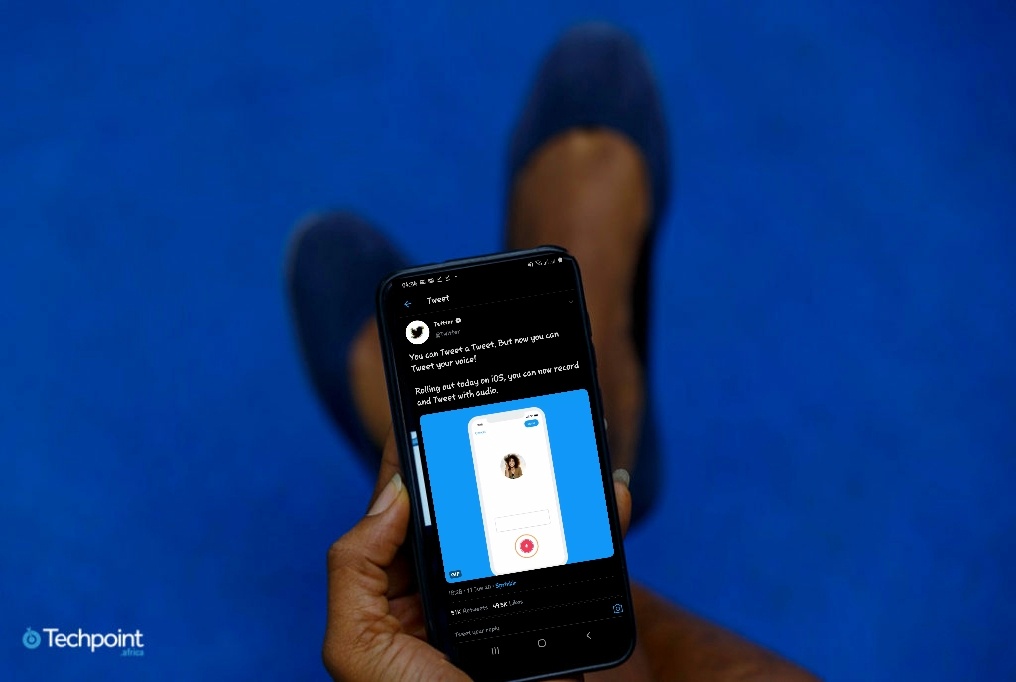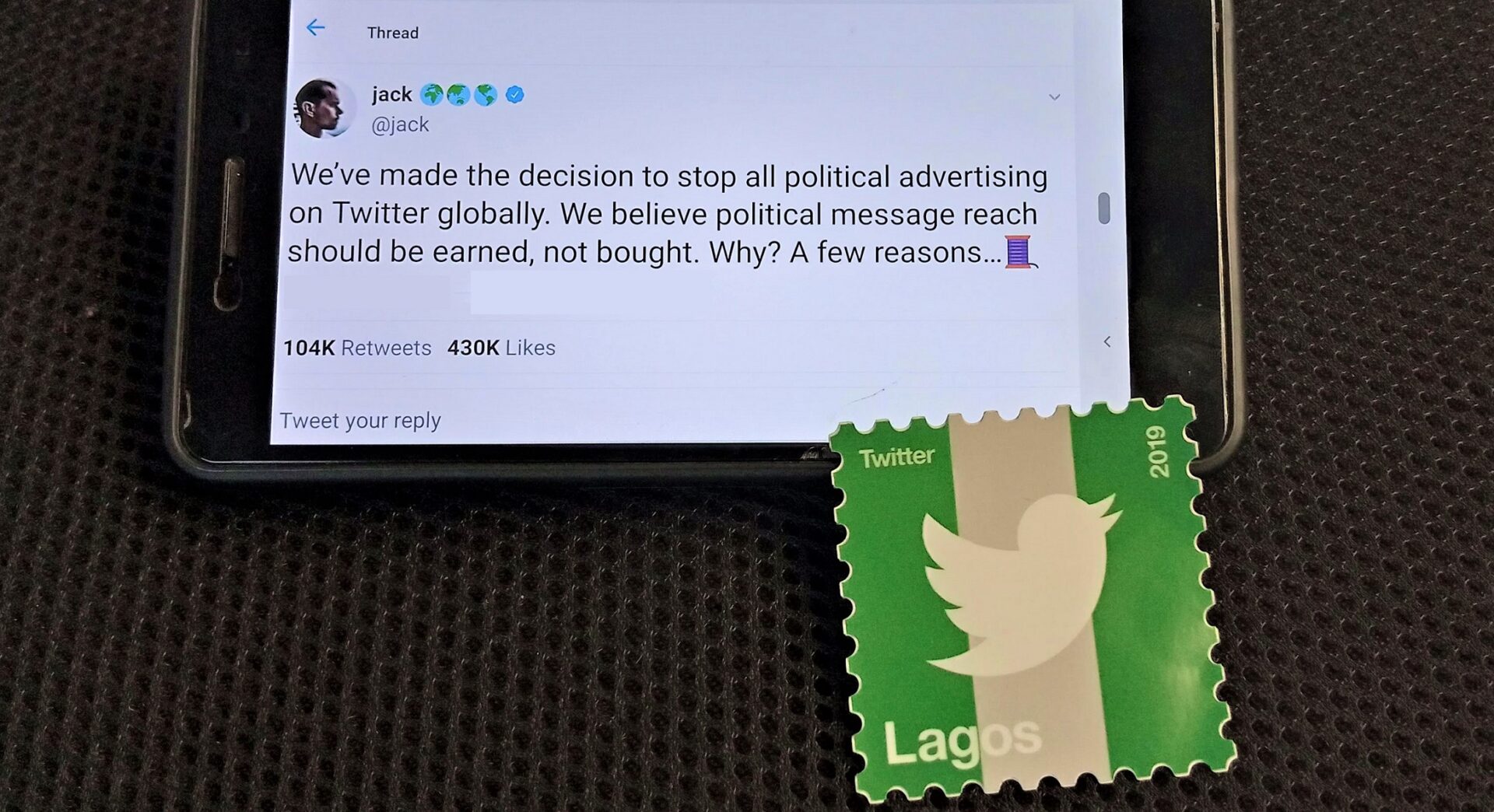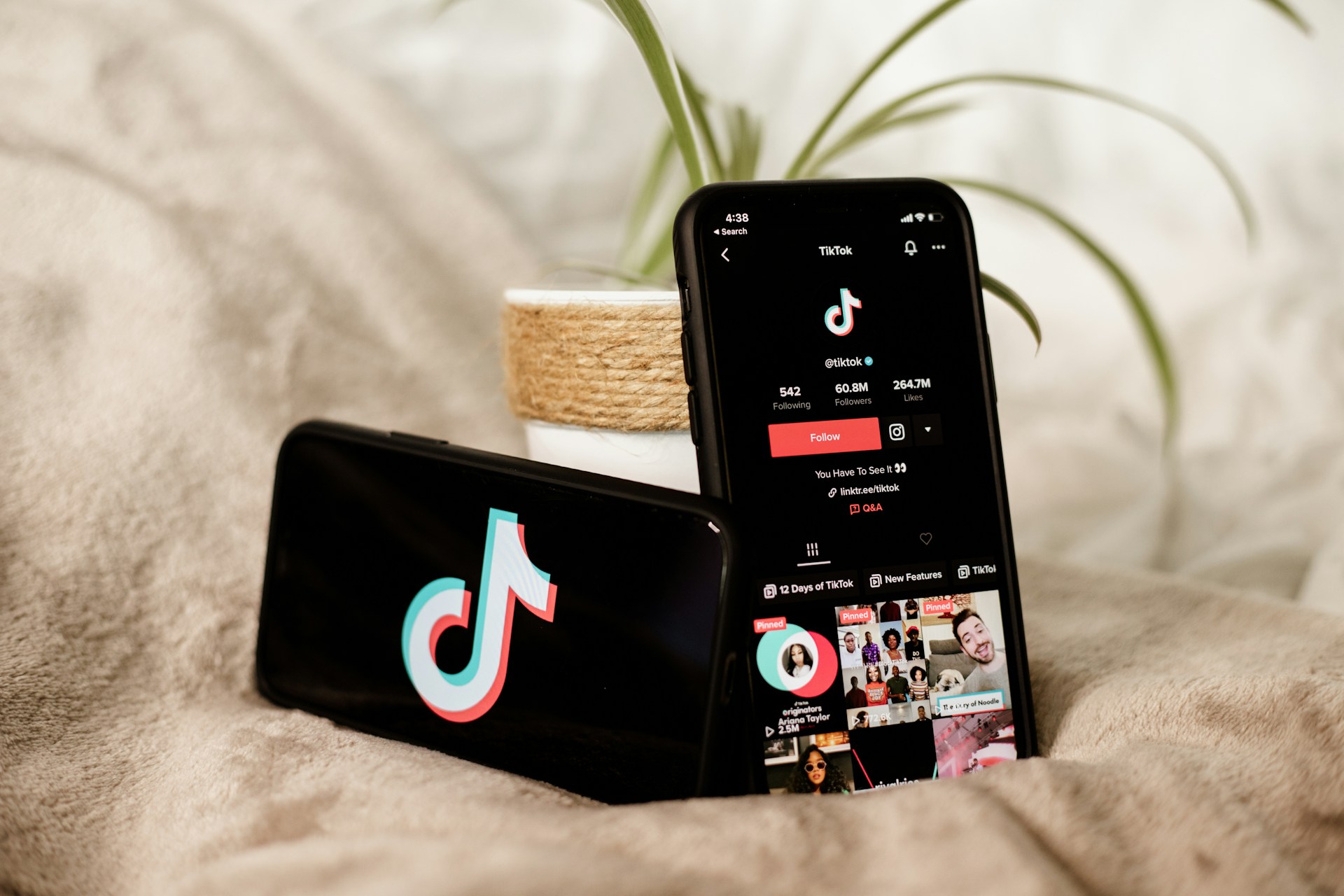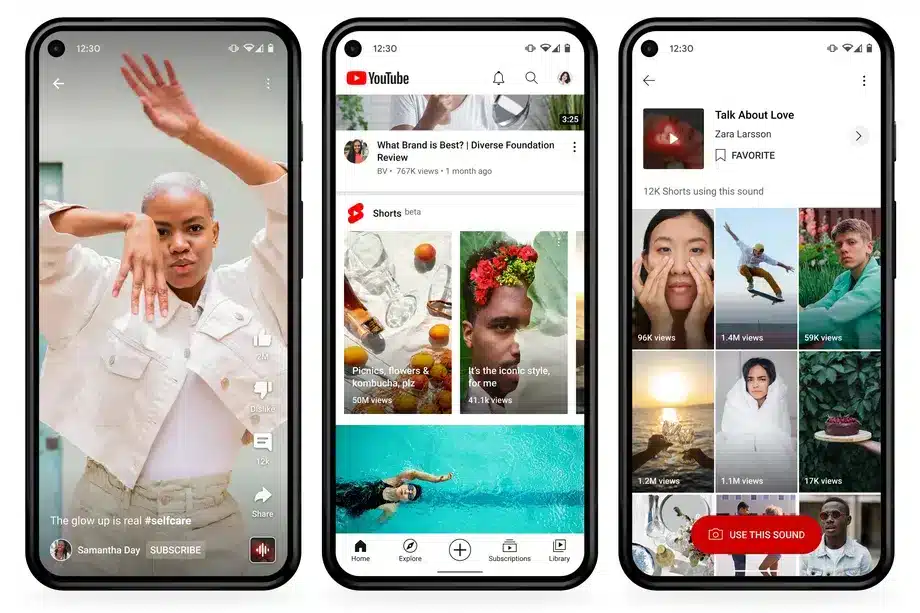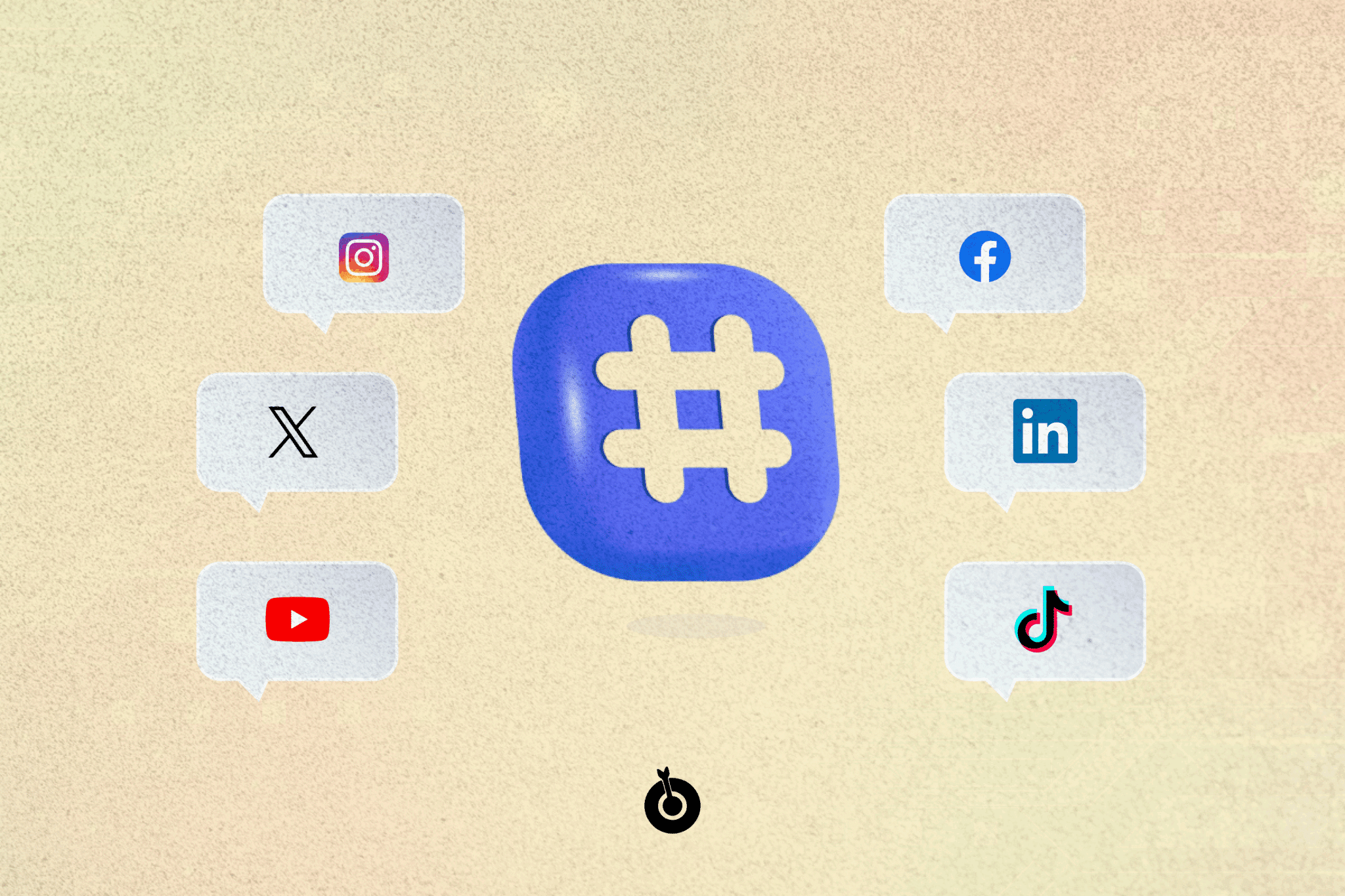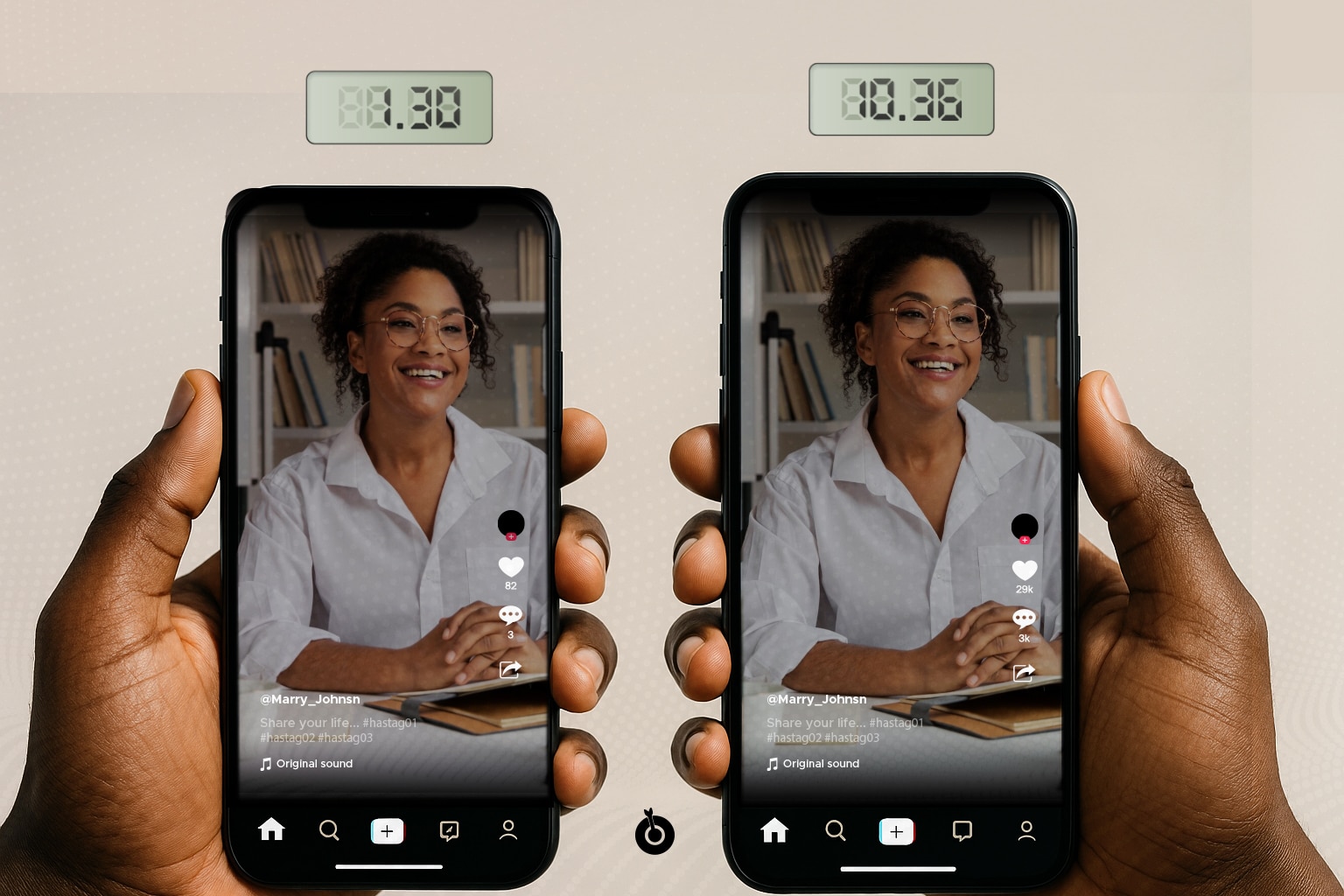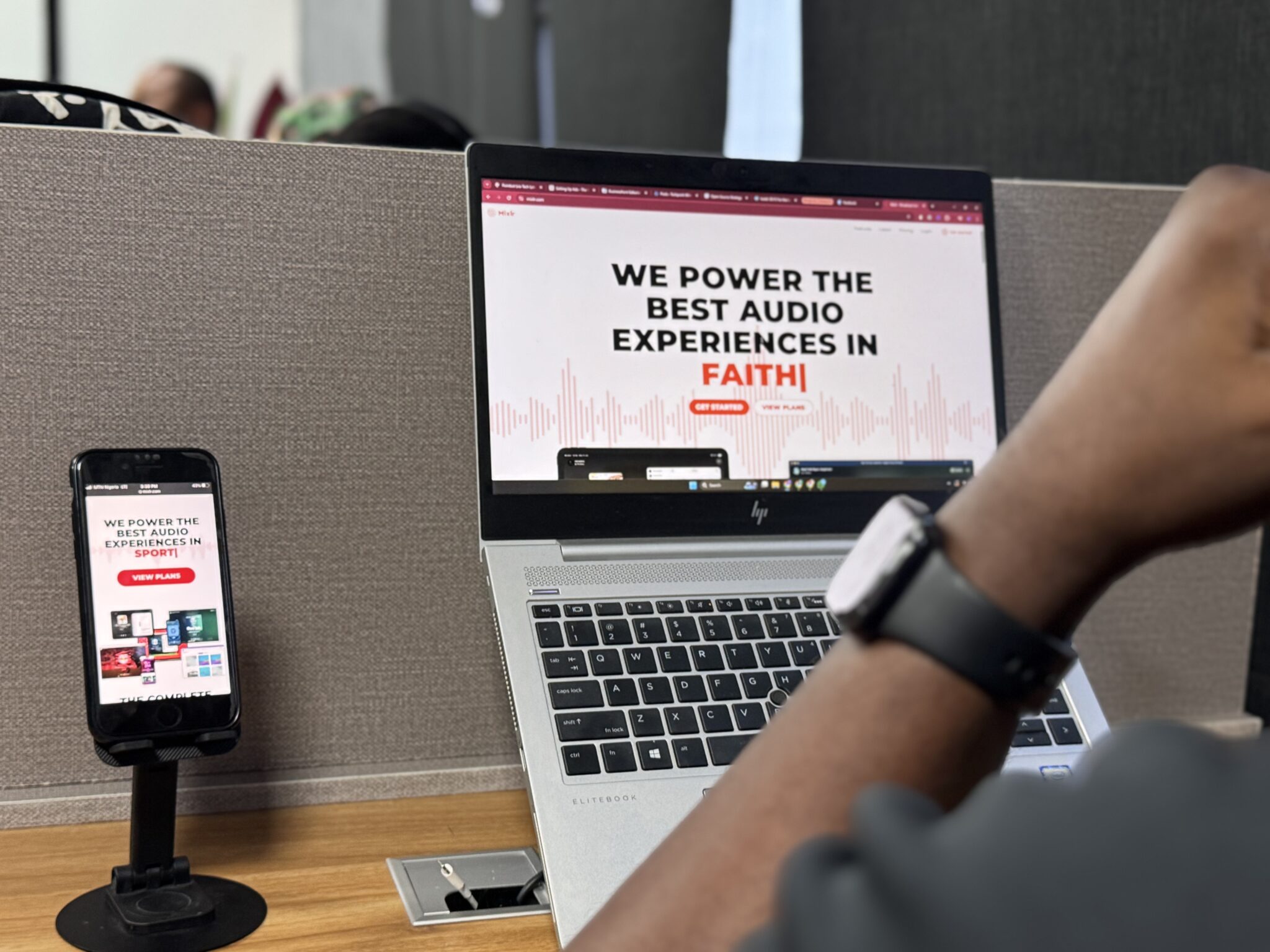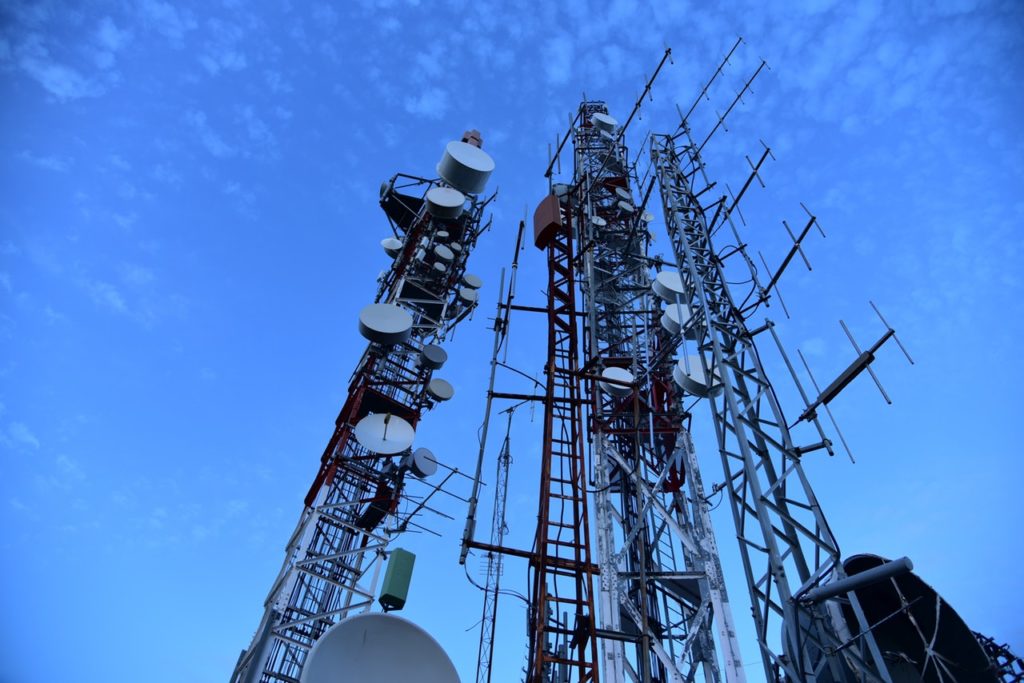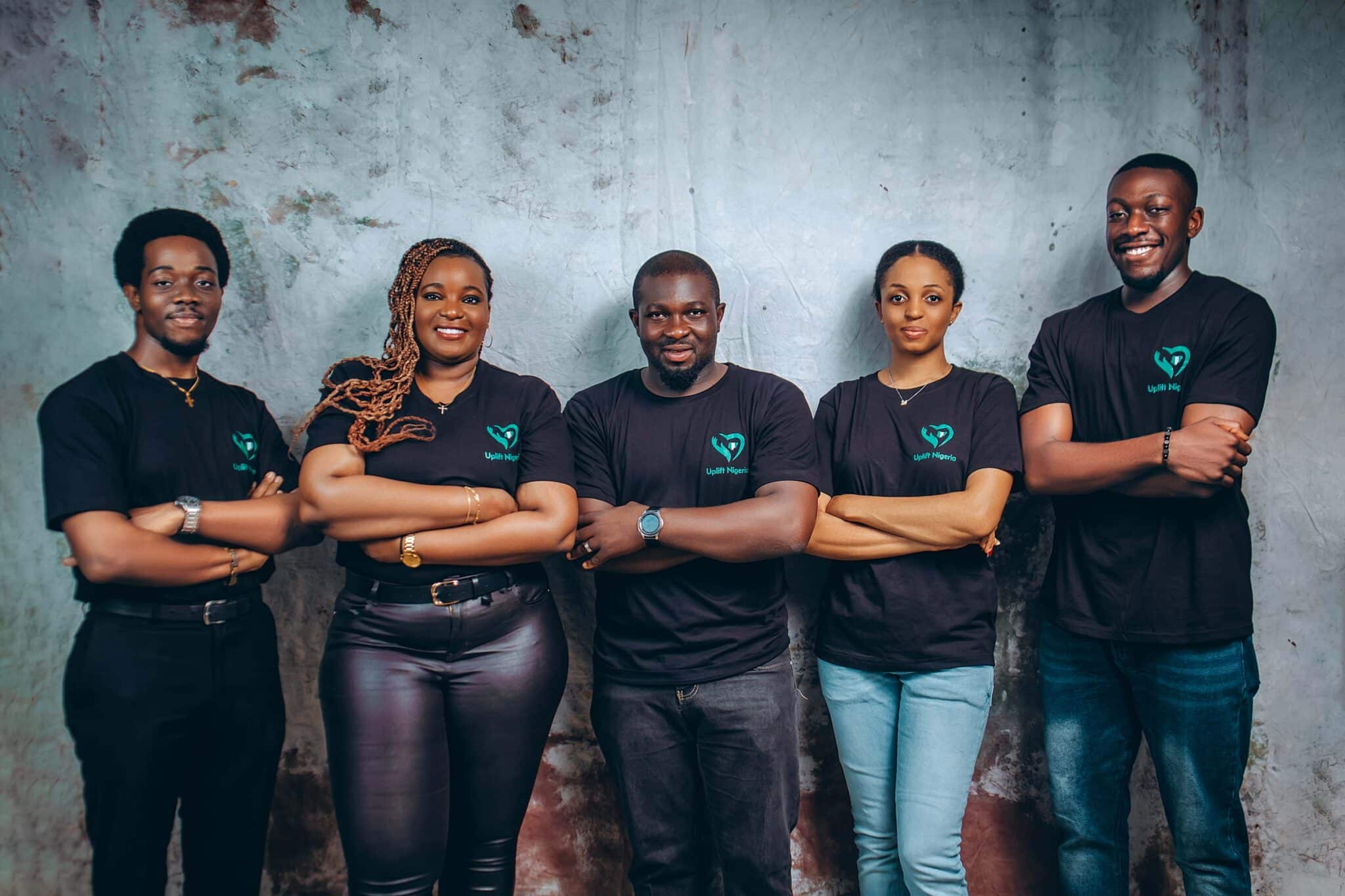Twitter has reportedly started testing an option for users to record and send audio messages via direct messaging. The experimentation is available for only iOS device users in Brazil and some select countries.
This is coming three months after the audio tweet feature was introduced. Like the audio tweet, this may also not support recording lengths more than 140 seconds.
Meanwhile, it is probably one of the accessibility options the social media app promised to introduce in a statement made early in September.
It is suspected that the decision was made to address the criticism that followed the rollout of audio tweets in June. It is expected that all users — particularly people with disabilities — will be able to access subsequent features.
While Twitter has gone ahead to establish two teams to push this plan, it claims to be working on adding automated captions to audio and video by early 2021. In the meantime, it promised to continue testing related media features.
Although the audio tweet got a lot of attention when it was first released, it is not surprising that the hype quickly died down. However, it appears this new feature holds more promise, and the reason is understandable.
The push for audio messaging over the past nine years has probably been because people prefer to express their feelings, but only privately.
In the era of audio messaging
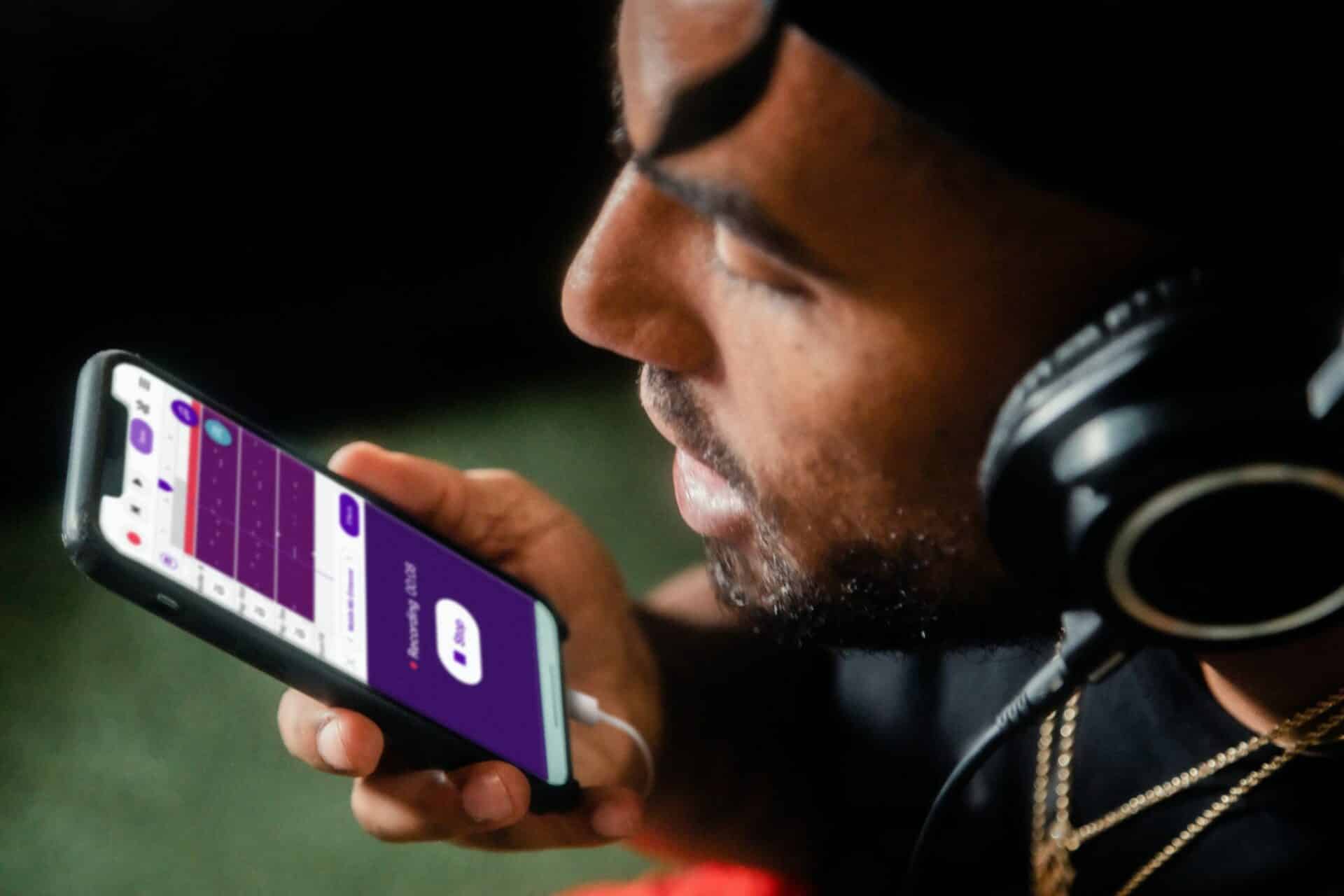
The introduction of voice in mobile apps started earlier in the decade. Beside voice-to-text conversion algorithms, most instant messaging apps have the feature.
The push-to-talk idea was a remarkable one that started in 2011 with WeChat — the Chinese app — to optimise users’ messaging experiences.
Early in 2013, Facebook introduced it to its standalone messaging platform, Facebook Messenger, followed by WhatsApp in the same year. Subsequently, popular social media apps, Instagram and LinkedIn did the same, with Twitter the latest to join the party.
One thing common to exclusively messaging platforms is how quickly the feature was added relative to when they launched. With the exceptional case of WeChat, which added it the same year it launched, it took Facebook Messenger only two years and WhatsApp four years to do so.
Conversely, it took LinkedIn 13 years because it is more a platform for social connection than for media sharing and instant messaging, like Instagram and Twitter. And this seems like a valid explanation for the passivity now associated with audio tweets.
Reasons for the quick adoption of audio messaging
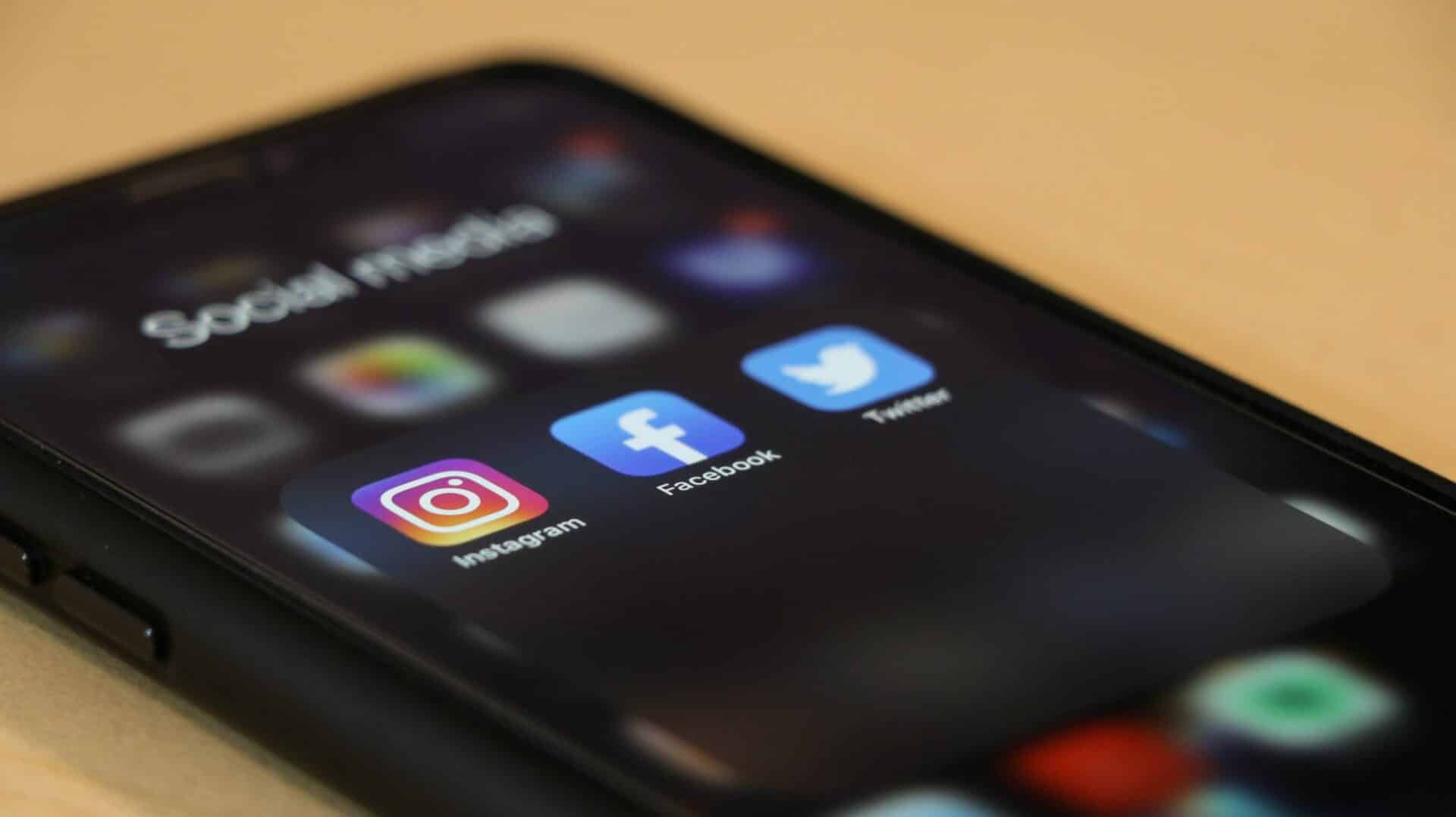
Voice messaging has become the preferred means of digital communication for many people primarily because of the convenience it offers: messaging with just a click as opposed to typing which can be exhausting.
While some are of the opinion that it can be counterintuitive especially when used for very short responses like one-liners, they are known to help non-English speakers have a better experience.
This is because they don’t have to toggle between keyboards to find the right characters. And that is one of the reasons for the rapid adoption of voice notes on WeChat by the Chinese.
With audio messages, you are more likely to understand the emotions behind a message. And this is quite unlike typed messages, even though smileys and emojis are used to add some semblance of emotions.
Though it is possible to listen to recordings before sending them on a few apps, most apps don’t have this option. And this is one downside to voice messaging.
With text you can form your thoughts properly before sending a message; you can even choose to delete it. Thankfully, apps like WhatsApp have the option to delete messages. Admittedly, voice messaging, as with social media platforms, can be a distraction.
The Social Dilemma: Africa’s the next big market for attention selling business
It is probably not suitable for tweeters’ timelines
Despite the widespread adoption of audio messaging and its immense potential, enabling it everywhere in an app like Twitter doesn’t seem right. It serves a purpose when used in direct messages (DMs) but the same can’t be said about its use on the timeline. It is, thus, necessary to find out why users need it.
Twitter’s voice tweet function was meant to be a tool for podcasters, content creators, and journalists, among others. However, it ended up being a fun feature.
Despite voice making a case to be the primary input for smartphones, it doesn’t seem text will become the secondary option anytime soon. Until that happens, voice tweets do not appear like what Twitter can bank on as a competitive advantage at the moment.

